Like Elton John, though less ravaged, Tutankhamun’s treasures are on their final world tour. Soon these 150 artefacts will return permanently to Egypt. Nearly a century after Howard Carter disrupted their 3,000-year rest in the Valley of the Kings, they are to be retombed in the new Grand Egyptian Museum in Giza.
But first they undergo their final ordeal, an outing in London. The genius of the Saatchi show, curated by Tarek El Awady, is to simulate the trials the pharaoh’s mummified corpse endured in the netherworld. After having his brain pulled out through his nose, Tutankhamun had to pass through 12 gates guarded by snakes, crocodiles, vultures and supernatural beasts. Accompanied by his worldly goods, including viscera stored in sumptuous gold canopic coffinettes, he then had his heart weighed against an ostrich feather to determine whether he warranted eternal life.
Without wishing to sound melodramatic, visiting the Saatchi I felt like Tut in the underworld. Even ticket-holders had to join a snaking queue outside. Inside, beautifully lit vitrines were heavily surrounded by vulture-headed sociopaths armed with cameras. The Scylla and Charybdis of Home Counties elbows and bored jackal-headed youths uninterested in their fellow teen’s plight were further impedimenta to savouring the boy-king bling.
A musty fragrance suffused the darkened galleries. Perhaps El Awady was simulating the fragrance of a recently opened tomb? No, it was the odour of Londoners sweltering in their coats, avoiding getting ripped off by cloakroom fees.
I managed to contemplate a case that contained a gilded wooden statue representing Tutankhamun riding a black varnished panther. How I envied the statue. If only I could have ridden, gold of body and obsidian of eye, through the Saatchi Gallery on a panther’s back, prodding oafs ruining the view of the artefacts with my harpoon and whipping photographers with my flail, I would have had a much more rewarding experience. Until photography is banned from galleries and museums, as it must be, I must be allowed to visit tooled up with spears and wild animals.
Tutankhamun was better prepared for his ordeal than me. He took along meat mummies and other snacks in beautiful alabaster caskets. He was accompanied by elegantly carved shabtis, essentially miniature simulacra of himself, who would inflate to life size in the afterlife and do all the hard work while he chillaxed in gilded pomp for ever. There were models, too, of solar boats from the tomb that magically inflated in the afterlife to carry the pharaoh in state down eternity’s approximation of the Nile. All I had was an audio guide to steer me through this difficult journey.
Should I have bothered? Twin gods do battle with our souls over blockbuster shows like this. One is called Fomo, the fear of missing out, and the other Jomo, the joy of missing out. Fomo tells us that seeing these peerless artefacts is a once in a lifetime experience, adding that return flights to Cairo to see the treasures installed permanently will be prohibitive — and planet-despoiling. Better get the Tube to Sloane Square.
Jomo counters that charging £31.35 for peak-time tickets, plus £6 for an audio guide and £16.50 for a seven and a half-minute virtual reality tour of the simulated tomb is outrageous, particularly when the gouging continues in the gift shop. There I heard one man examine a £10 bottle of Egyptian sand. ‘How do we know it’s not from East Wittering?’ he asked. Fomo retorts that profits will help fund the Grand Egyptian Museum.
Jomo counters that the centrepiece of the British Museum Tutankhamun show in 1972 included the iconic golden funerary mask, but this time round it remains in Egypt. Like Elton will be in a few years, it is too fragile to travel. Because of the crowds, prohibitive prices, pong and unacceptably omnipresent New Age muzak, Jomo concludes, you’d do better to stay home with a good (Egyptological) book.
And yet, for me, Fomo won out. I was enchanted by the freshness of this 3,300-year-old art crafted, like great cathedrals, by nameless but masterly artisans. The pharaoh’s child-sized armchair in ebony and ivory was especially touching, while the gold wooden Horus surmounted by a solar disk that once decorated Tutankhamun’s chariot was something I’d have nicked if I could have got away with it.
Only the boomerangs disappointed. Tutankhamun collected them, though the ones on display were constructed at the wrong angles to perform their function. What do you call a boomerang that won’t come back? A stick.
I even enjoyed the virtual reality experience which involved sitting in a headset and feeling oneself whisked down into a simulacrum of the tomb to see treasures in situ as if one were Howard Carter in November 1922. Better yet, the experience was narrated by Hugh Bonneville, who played the Earl of Grantham in Downton Abbey which was filmed at Highclere Castle, family seat of Lord Carnarvon who bankrolled Howard Carter. Nice touch.
The show debunked two myths. DNA evidence shows that the pharaoh was not murdered. What’s more, the supposed curse of Tut, ostensibly responsible for Carnarvon’s and others’ deaths, was Daily Mail fake news. But it replaced these myths with another. The audio guide told us that since it was disinterred in 1922, Tut’s gilded silver trumpet has been sounded three times — in 1939 before the second world war, in 1967 before the Six Day War, and in 2011 before the Egyptian revolution. Now, for the sake of human peace, it will never be played again. What nonsense. Trumpets don’t start wars or revolutions. Accordions or bassoons would, though.
If you sought insight into how the discovery of Tutankhamun’s tomb fuelled Egyptian sentiment against British imperialism or why it was left undisturbed for millennia while others in the Valley of the Kings were incessantly plundered, you’d have done better to listen to Melvyn and his guests’ recent In Our Time podcast on Tutankhamun. This was beguiling spectacle, not brain food.
I exited, as everybody must, through the gift shop, trying on a Howard Carter-style fedora before putting it, a £7 mummified rubber duck, a £4 wooden scarab and the rest of Tut’s tat back on the shelves. Only when I was finally back on the King’s Road did I feel like Tutankhamun after he was reborn into eternity, my ordeal in the netherworld over.
Got something to add? Join the discussion and comment below.
Get 10 issues for just $10
Subscribe to The Spectator Australia today for the next 10 magazine issues, plus full online access, for just $10.
You might disagree with half of it, but you’ll enjoy reading all of it. Try your first month for free, then just $2 a week for the remainder of your first year.

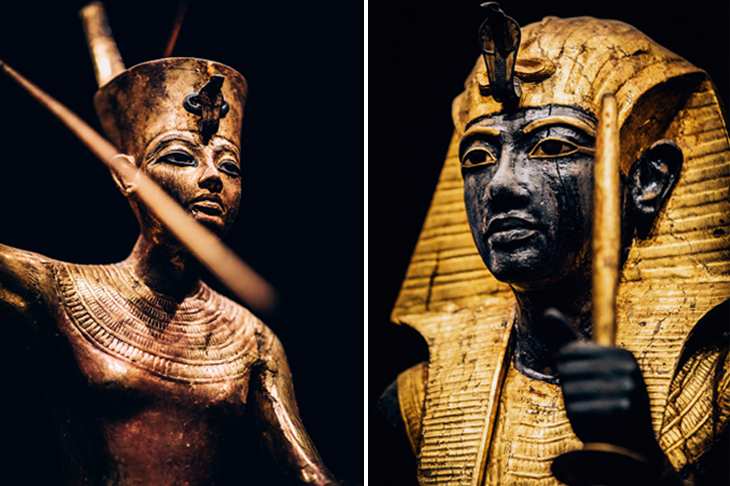

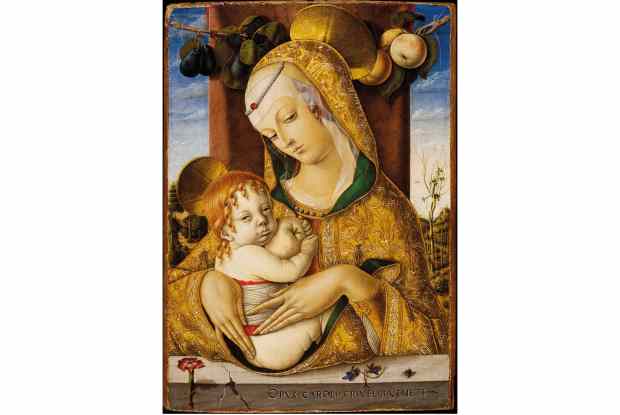
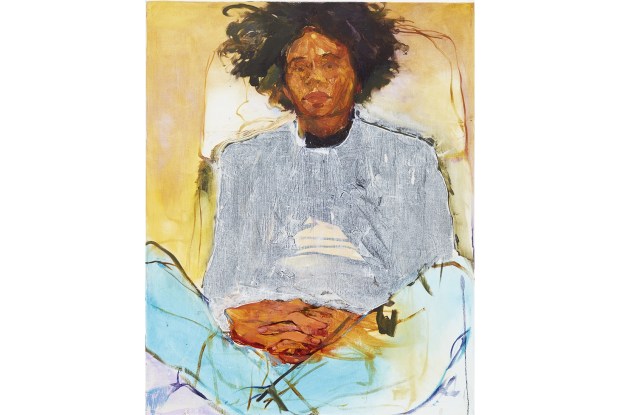
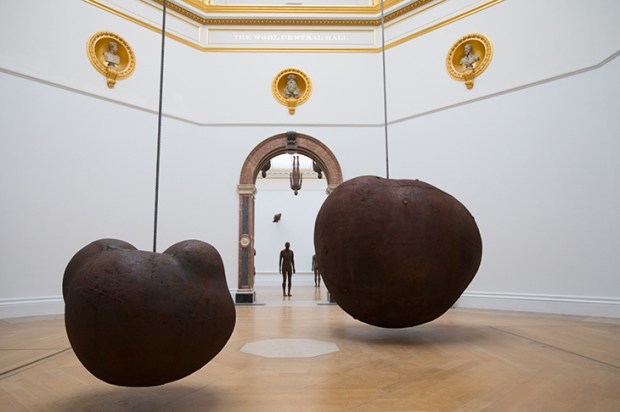

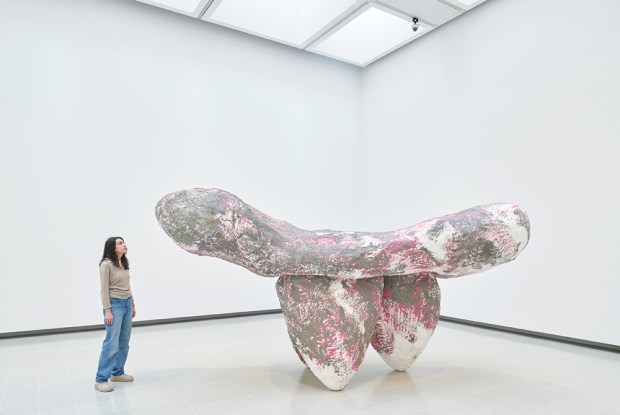






Comments
Don't miss out
Join the conversation with other Spectator Australia readers. Subscribe to leave a comment.
SUBSCRIBEAlready a subscriber? Log in